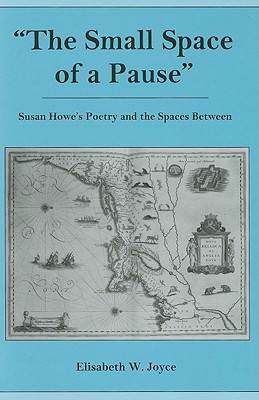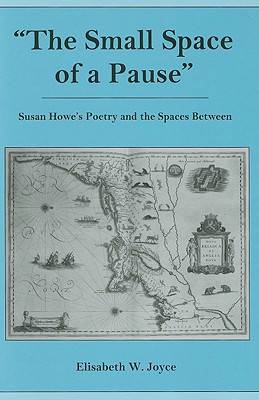
- Afhalen na 1 uur in een winkel met voorraad
- Gratis thuislevering in België vanaf € 30
- Ruim aanbod met 7 miljoen producten
- Afhalen na 1 uur in een winkel met voorraad
- Gratis thuislevering in België vanaf € 30
- Ruim aanbod met 7 miljoen producten
Zoeken
Small Space of a Pause
Susan Howe's Poetry and the Space Between
Elisabeth W Joyce
Hardcover | Engels
€ 183,45
+ 366 punten
Omschrijving
This book is about Susan Howe's poetry from the perspective of space. Howe reshapes cultural configurations of space through her drive to infiltrate interstitial areas of "third" spaces: the silences of history, the margins of the page, the placeless migrants, and the uncharted lands. Nuances, frontiers, thresholds, edges, fuzzinesses, ambiguities, pauses, singularities, margins: these are the spaces where her poetry occurs, places that lie between two states. Rather than absences, therefore, the space of this poetry is a place of being, of what Gilles Deleuze and Félix Guattari refer to as becoming. Third space is contested because it must also call itself into question in reimagining itself; in questioning its condition and rethinking itself, it contradicts itself repeatedly, setting up the form of an ever-present yet ever-shifting paradox of self-presencing. This site is also, however, the place of no frames or boundaries, a place that is all margins and singularities, that site of displacement, where migration is eternal and violence is perennial. Nomadism becomes an emblem in Howe's poetry for the twentieth-century condition as it represents the continual movement through space of the body, that never-ending, always-perpetuated sense of loss of place, but that equally charged coming into being regardless of the space within which that loss/becoming occurs.
Specificaties
Betrokkenen
- Auteur(s):
- Uitgeverij:
Inhoud
- Aantal bladzijden:
- 297
- Taal:
- Engels
Eigenschappen
- Productcode (EAN):
- 9781611483499
- Verschijningsdatum:
- 1/06/2010
- Uitvoering:
- Hardcover
- Formaat:
- Genaaid
- Afmetingen:
- 157 mm x 234 mm
- Gewicht:
- 566 g

Alleen bij Standaard Boekhandel
+ 366 punten op je klantenkaart van Standaard Boekhandel
Beoordelingen
We publiceren alleen reviews die voldoen aan de voorwaarden voor reviews. Bekijk onze voorwaarden voor reviews.








